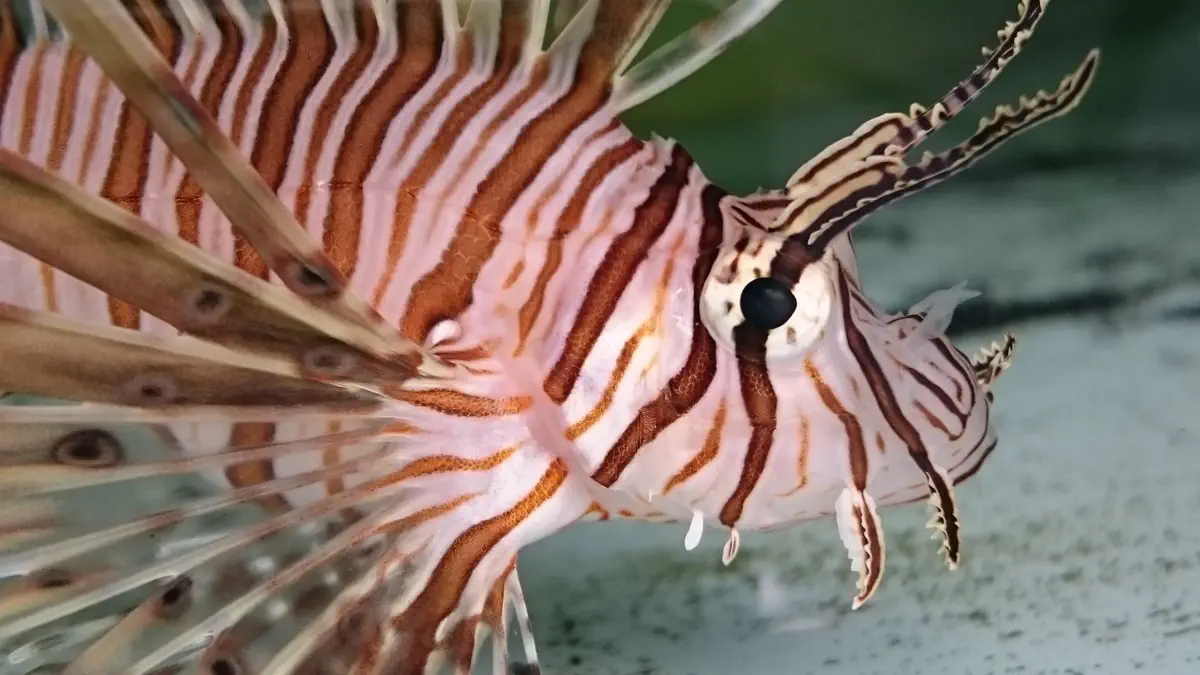Feeding ecology of invasive lionfish (Pterois volitans and Pterois miles) in the temperate and tropical western Atlantic

The Indo-Pacific lionfish Pterois volitans and Pterois miles, introduced to the Western Atlantic in the mid 1980’s, have become highly invasive in recent decades, spreading throughout the greater Caribbean and up the Western Atlantic coast. The full impact of their invasion has yet to be fully understood, but current research efforts are documenting their ecological and economic impacts through the study of lionfish feeding ecology by way of stomach content analysis. The goal of this project was to characterize lionfish feeding ecology as a function of location throughout the invaded range in order to determine potential trends in diet and prey preference, as well as to determine relative ecological and commercial impacts of lionfish on different areas for the purpose of resource allocation in the control of the lionfish invasion. Data collected throughout the invaded range was obtained from over twenty researchers for inclusion in a Microsoft Access database, and an Access-based analysis tool was created to perform analyses across data-sets.
Our regional data indicate lionfish in the western Atlantic are opportunistic generalist carnivores that consume at least 167 vertebrate and invertebrate prey species across multiple trophic guilds, and carnivorous fish and shrimp prey that are not managed fishery species and not considered at risk of extinction by the International Union for Conservation of Nature disproportionately dominate their diet. Correlations between lionfish size and their diet composition indicate lionfish in the western Atlantic transition from a shrimp-dominated diet to a fish-dominated diet through ontogeny. Our locational comparisons indicate lionfish diet varies considerably among locations, even at the group (e.g., crab) and trophic guild levels. Researchers and managers can use the diet data presented in this study to make inference about lionfish feeding ecology in areas where their diet has yet to be described. These data can be used to guide research and monitoring efforts, and can be used in modeling exercises to simulate the potential effects of lionfish on marine food webs. Given the large variability in lionfish diet composition among locations, this study highlights the importance of continued location-based diet assessments to better inform local management activities.